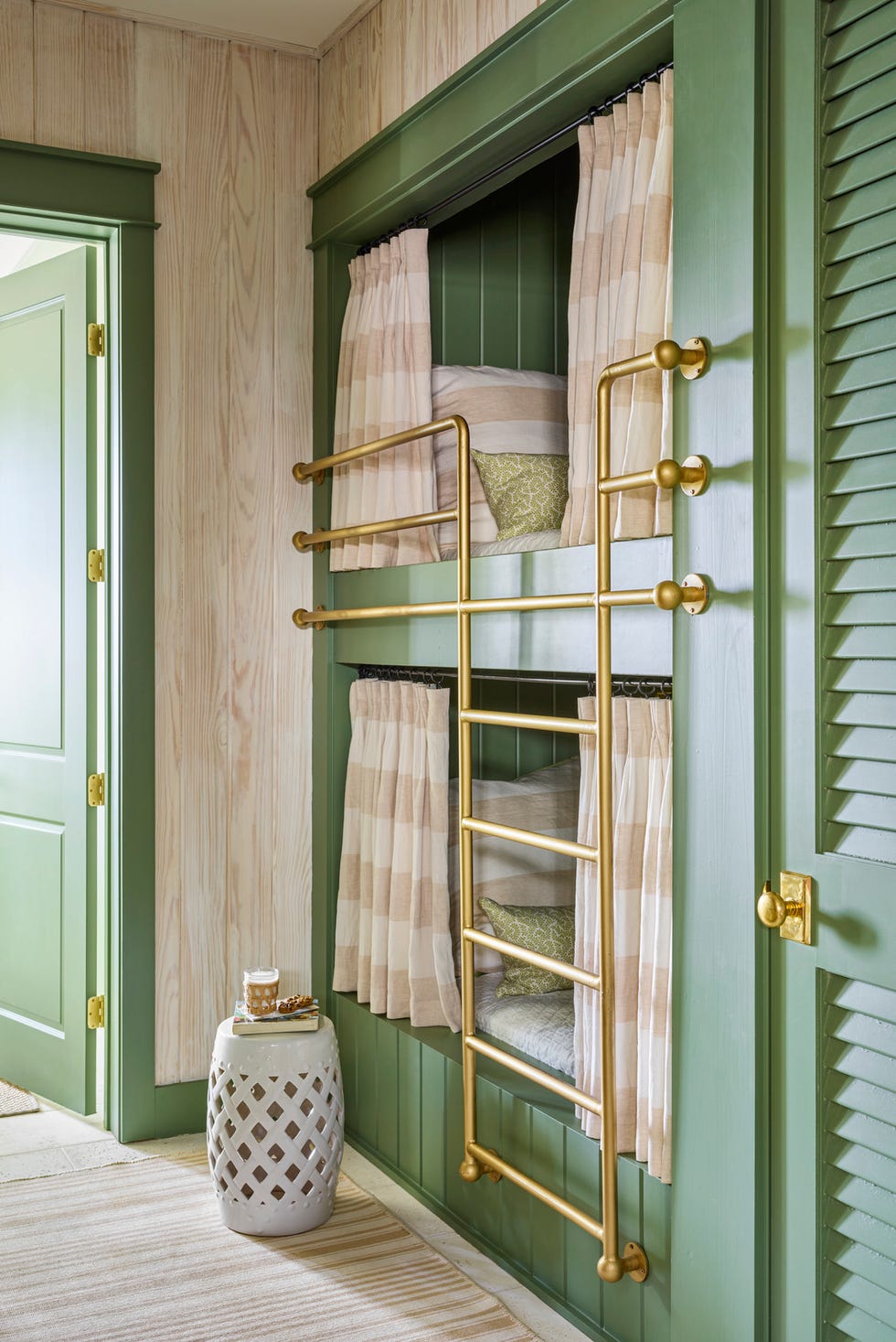Consult an innovative Architecture Firm for cutting-edge and creative designs.
Transform Your Home With Vital Concepts of Interior Decoration and Aesthetics
By comprehending the effect of shade concept and the relevance of appearance and patterns, one can create rooms that are not only visually appealing but also deeply individual. Accomplishing this balance includes even more than plain decoration; it includes a tactical arrangement and an eager understanding of just how each component interacts within an area.
Recognizing Shade Concept
Comprehending the principles of color concept permits designers to create spaces that resonate emotionally with residents while fulfilling practical requirements. Each category plays a critical duty in establishing consistency within a room.
The mental effect of shades is profound; cozy shades such as reds and oranges evoke energy and heat, while cool tones like blues and eco-friendlies advertise peace and peace. In addition, using corresponding shades boosts visual rate of interest, creating striking contrasts that can boost a space's charm.
Neutral colors, on the other hand, act as a functional backdrop, permitting other design elements to shine. It is important to consider variables such as illumination and the space's function when choosing a color scheme, as these can alter the assumption of colors throughout the day.
Ultimately, a well-considered shade system can transform a space, cultivating a sense of convenience and style that lines up with the residents' preferences. Mastery of color concept is, as a result, an important skill for any interior developer aiming to produce unified and welcoming environments.
Achieving Balance in Design
How can designers achieve a feeling of equilibrium in their rooms? Attaining balance in style is fundamental to creating unified insides.
Asymmetrical equilibrium, on the other hand, depends on differing aspects that still achieve a natural appearance. This technique enables even more dynamic and casual setups, giving interest while preserving stability. By thoroughly picking varying sizes, shades, and appearances, designers can create an aesthetically compelling area that really feels balanced yet energetic.
Radial balance stresses a main centerpiece with elements emitting outward. This style is typically seen in circular designs, where furniture and design produce a natural surround that attracts the eye inward.
Ultimately, attaining equilibrium needs thoughtful factor to consider of scale, proportion, and the partnerships between aspects. luxury interior design. By masterfully applying these balance principles, designers can change rooms right into environments that feel both cosmetically pleasing and functionally harmonious, improving the overall experience for residents
Importance of Spatial Recognition

A keen sense of spatial understanding permits developers to recognize prime focus within a space, assisting the visitor's interest to key features while preserving a total feeling of unity. It additionally aids in the tactical positioning of illumination, which can dramatically influence the assumption of area and state of mind. Recognizing spatial relationships enables the designer to cater to the details demands of inhabitants, guaranteeing that each location serves its designated objective without jeopardizing aesthetics.
Eventually, spatial awareness is essential for optimizing the possibility of any indoor space. By carefully considering the interplay between measurements, format, and function, designers can produce settings that not just fulfill useful needs however additionally stimulate a feeling of convenience and elegance, enhancing the visit site overall living experience.
Incorporating Texture and Patterns
Welcoming a varied variety of structures and patterns can considerably boost the aesthetic and tactile appeal of an indoor space. The tactical use different products-- such as wood, metal, textile, and rock-- creates depth and interest, making a room really feel more welcoming and vibrant. For example, integrating smooth surfaces with harsh structures can establish an equilibrium that draws the eye and involves the senses.
When incorporating patterns, think about both range and rep. Big patterns can function as focal points, while smaller sized, refined styles can enhance various other components without frustrating the area. Layering patterns, such as pairing floral pillows with striped throws, adds intricacy and a feeling of harmony if executed attentively.
It is likewise essential to maintain a natural color palette, making sure that structures and patterns interact as opposed to compete for interest. By choosing a couple of essential structures and patterns, you can produce a merged aesthetic that mirrors your individual style while improving the general setting of the room. Inevitably, the cautious unification of these elements can transform an ordinary space into a sophisticated here are the findings setting rich with personality and heat.
Customizing Your Room
Developing a space that reflects your character is important to accomplishing a genuinely welcoming environment. Personalization in interior layout permits you to instill your one-of-a-kind design and rate of interests into your home, transforming it from a plain sanctuary right into a haven that speaks to that you are. Begin by choosing a color combination that reverberates with your feelings-- vibrant shades can invigorate, while soft tones offer tranquility.
Incorporate art work and style that reflect your interests, whether it be traveling, nature, or abstract principles. Presenting individual collections, such as publications, pictures, or mementos, can stimulate treasured memories and develop prime focus within a space. In addition, take navigate to this site into consideration personalizing functional items, like upholstered furniture, to line up with your visual preferences.

Conclusion
Finally, the change of a home with the important concepts of interior layout and visual appeal demands an extensive understanding of shade theory, balance, spatial awareness, texture, and customization. Each element contributes significantly to developing an unified and practical living environment - interior design firms. By attentively incorporating these principles, people can boost the aesthetic appeal and psychological resonance of their spaces, eventually promoting a home that shows distinct identities while supplying convenience and functionality